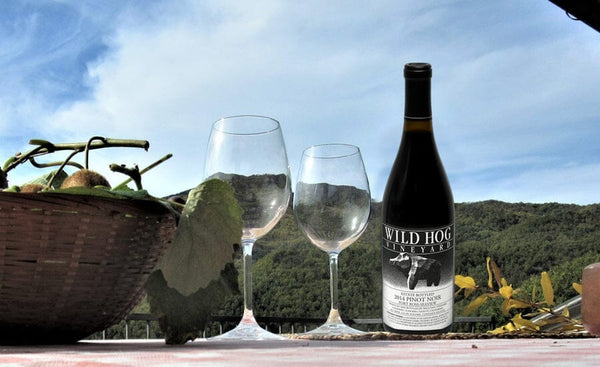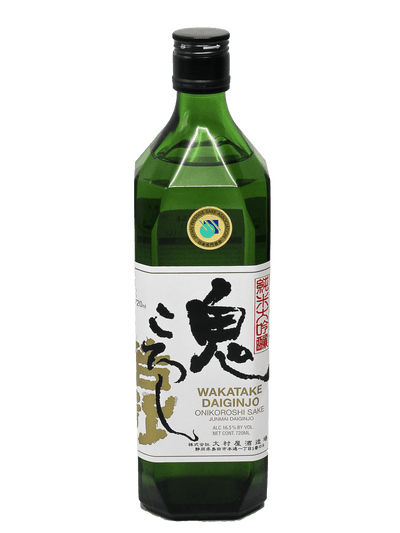Wine Region Profile: Scrutinizing the Sonoma Coast AVA

Paint an ideal picture of the Sonoma Coast wine region in your mind. It stretches along a protensive expanse of Northern California, all the way from Petaluma Bay and the Marin County border up to Mendocino County. Picture in your mind the rugged coastline, fog, sea spray, and sometime extreme, undulating topography. It’s climate is generally cool due to the vast ocean’s proximity. You’ll likely want to bring a jacket and hiking boots when you visit. . . . .
Fantastic cool-climate wines with their own identities come from Sonoma Coast. The problem is, when the US government created this American Viticultural Area (AVA) back in 1987, it included a vast swath of much warmer inland territory as well as extremely varied areas in terms of climate, terrain, and soil types. The AVA covers more than 500,000 acres, making it the biggest AVA in the county. And although a lot of wineries use Sonoma Coast fruit and put the name on their labels, the region as a whole is not hugely concentrated with vineyards. It’s just too big and ill-defined.
That’s why trying to understand what Sonoma Coast means in wine terms can be confusing. In fact, I spent a while trying to figure out what this statement from one Sonoma website actually meant: “Much of Sonoma County’s most celebrated Pinot Noir and Chardonnay are grown here, yet few wines are actually made in the Sonoma Coast AVA, and several of its most distinctive sub-regions are not officially recognized AVAs.”
It behooves knowing a little bit more about this region to seek out the best wines to order online, especially reds like Pinot Noir and, curiously, Syrah, but also Chardonnay. Just check out where the grapes came from within the AVA. Syrah is interesting because it’s a highly adaptable grape, which changes its expression depending on where it is grown. The Syrah wines made from coastal Sonoma vineyards (as opposed to those 5 miles inland but still in the “Sonoma Coast” AVA) make for “delicate, ethereal wines” rather than perhaps more typical, muscular, powerhouse Syrah, according to Decanter.
Since 1987, some sub-regional AVAs have been created, like Fort Ross-Seaview and Petaluma Gap, and another one seems to be coming, called West Sonoma Coast. In addition Sonoma Coast overlaps to some extent with the famous Russian River Valley AVA, renowned for its Bourgogne varietal wines.
Those looking for true Northern California coastal terroir wines should focus on the following regions, and try some of the different wines, available online, listed below:
West Sonoma Coast: For now, all these wines will likely be labelled Sonoma Coast, because the proposed AVA does not legally exist yet. Here, a group of like-mended vintners sought to see what this distinctive oceanside climate, but with often varying microclimates depending on elevation, would mean for wines organically and/or biodynamically produced. They often call the “True” Sonoma Coast. Grapes mature more slowly than in other areas, leading to better definition and elegance (as compared to much fruit-forward California wine), evolved tannins, and carefully balanced acidity. The vision statement of the West Sonoma Coast Vintners is: “The West Sonoma Coast is considered the foremost cool-climate region for distinctive, site-driven Pinot Noir and Chardonnay.” Try the 2021 Failla Estate Fort Ross-Seaview Pinot Noir or the 2019 Banshee Sonoma Coast Chardonnay.
Petaluma Gap is now officially an AVA, but its name is only slowly catching on. As much as Pacific Ocean proximity, the AVA is also defined by its unique wind and fog conditions and their effect on the vines; Syrah shines alongside Pinot Noir and Chardonnay. There literally is a gap. A wind gap in the coastal mountain range funnels cooling breezes and fog east from the Pacific Ocean through the city of Petaluma and south to San Pablo Bay. This persistent, cooling breeze induces lower grape yields and longer hang-time. The AVA covers more than 200,000 acres and extend into Marin County. You can buy the 2018 Zephyros Petaluma Gap Pinot Noir online. This wine represents a collaboration of the talented winemakers from Cline, Fogline, Rodney Strong & Thirty-Seven Wines.
Fort Ross-Seaview AVA, approved in 2012, is all about the elevations, not the wind gap. About 550 acres of vineyards thrive on steep coastal ridges at elevations from 920 to 1,800 feet. It is fully embedded within the Sonoma Coast AVA. In the summer, these higher vineyards receive nearly-constant direct sunlight, above the damp belt of fog that invades the Petaluma Gap and Russian River Valley. Some say it sits “on the edge of grape-growing possibility,” but actually vineyards here get more warmth that nearby fog-defined AVAs. Pinot Noir and Chardonnay rule, but there’s also a bit of Pinotage. To get a taste, acquire the 2016 Wild Hog Estate Fort Ross-Seaview Pinot Noir, made from organically-grown grapes.
Written By: - Charlie Leary


















Leave a comment